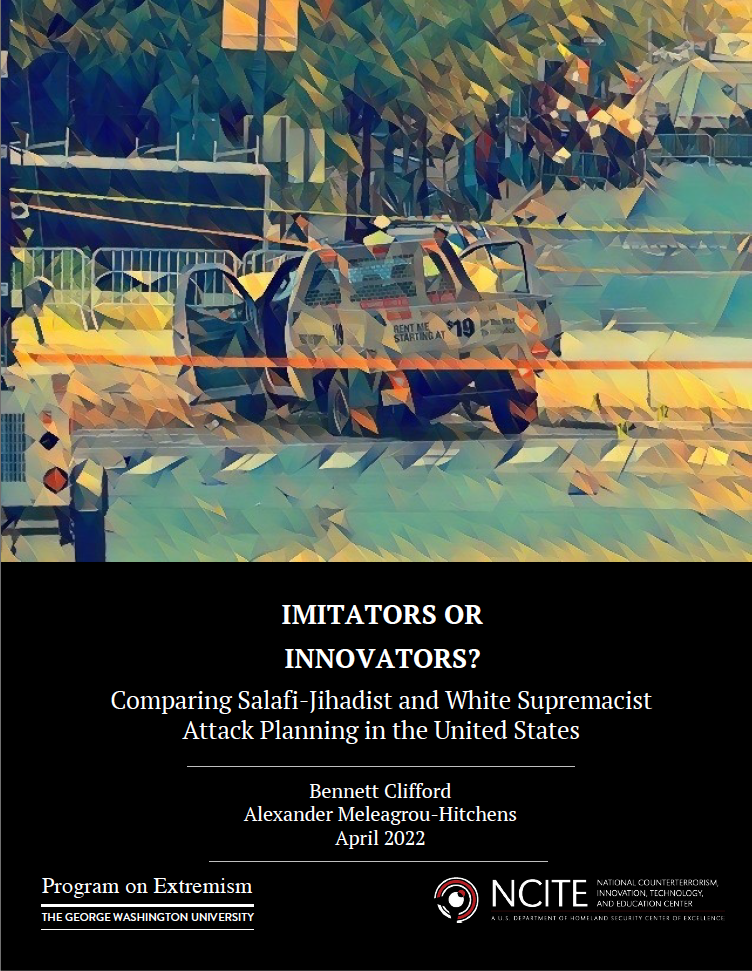As the threat from white supremacist and Salafi-jihadist extremists to the United States grew in
prominence in recent years, the two movements have become the subjects of several comparative studies. These works frequently focus on contrasting their methods of radicalization, recruitment, use of digital communications technologies, and connections to transnational extremist movements, but only a handful concern their methods of planning attacks on American soil.
This report examined what, if any, relationships there are between the tactics and targets chosen by white supremacist and Salafi-jihadist terrorists in America. It further investigated how modern terrorists in America are learning from each other and from current American counterterrorism posture. This report found that:
- Jihadist and white supremacist attack planners in the U.S. selected different targets for their attacks. Jihadists tended towards attacking “hard targets” (for instance, military bases and law enforcement facilities) and devising plots to assassinate individuals. White supremacists erred towards “soft targets,” especially religious institutions and houses of worship.
- Jihadists were more likely than white supremacists to consider multiple targets for their attacks.
- The tactics of jihadists and white supremacists were relatively similar in frequency to one another. Both movements’ attack plotters relied heavily on plots involving firearms and explosives, but also experimented with non-conventional means such as vehicle rammings, arson, and train derailments.
- Despite some evidence of ideological cross-pollination, particularly in the form of manifestos and instructional material, evidence of direct learning between jihadist and white supremacist attack planners in the U.S. is limited.
- Independent innovation in the face of U.S. domestic counterterrorism approaches is a more likely explanation for similarities in targets and tactics between white supremacists and jihadists than cross-group tactical imitation.


